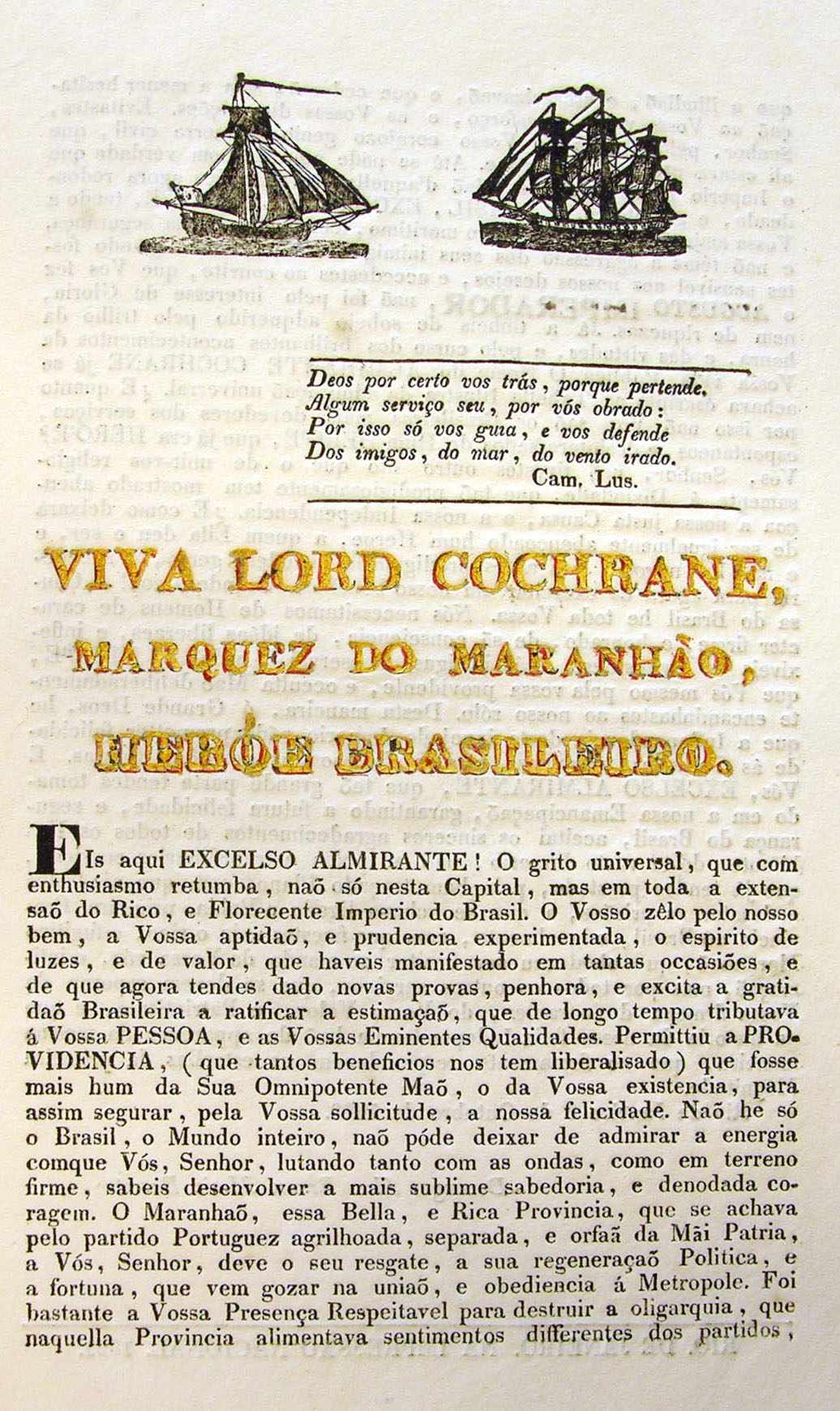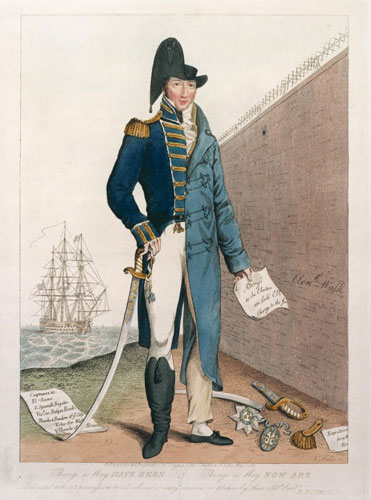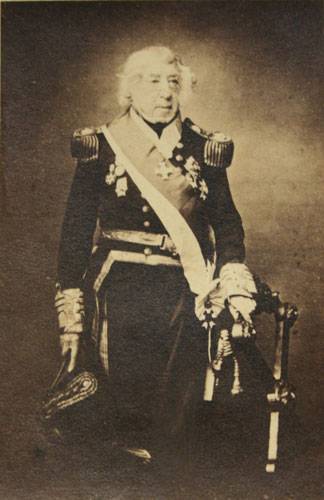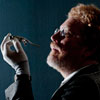One of the best things about being part of the exhibition team for Admiral Cochrane, the Real Master and Commander has been the chance to delve into Cochrane’s rich collection of personal papers. They form the major part of the family papers of the Earls of Dundonald in the National Records of Scotland, which is a partner in the exhibition.
You don’t have to know much about Cochrane to be aware that he packed a lot into a long and almost incredible life. The highs and lows of his career as a naval officer and politician, and his life as an inventor and family man, are all documented in his personal archive.
For the exhibition the challenge has been to choose a few documents that would help to tell Cochrane’s story. We wanted to show documents which complemented the objects and paintings being chosen for display. We believe that, reunited with objects that were once in Cochrane’s possession, these key documents speak of his experiences, ambitions and achievements. They have one thing in common: they were important to him in different episodes of his life. He kept them and must have treasured them for their associations with his past.

In many ways the papers are the key to his past. They were a major source for the autobiographical writings of his early eighties, supplementing his failing recollection of events decades before. Throughout his career he had used his own papers and copies of official documents in order to make representations and claims for reward, and to complain of unjust treatment. Cochrane rarely received the prize money he believed was his proper share, whether in Royal Navy or foreign service, and he had plenty to say on the subject. His greatest grievance, and perhaps the best documented, arose from his trial and disgrace in 1814. As a pivotal moment in his life, the events of that year form a central part of the exhibition, but a minor personal discovery did not make it into the show: Cochrane was symbolically kicked out of the Order of the Bath, and the heraldic official who carried out the midnight ‘degradation’ was my great-great-great-great uncle.

Every phase of Cochrane’s naval career is so full of incident and character that it is a subject in its own right. Not surprisingly, his archive has been mined not only by his biographers, but also historians looking at different aspects of his story, such as his amazing feats in helping liberate Chile and Brazil from colonial rule, or his interest in developing chemical warfare weapons. His engineering activities have yet to be studied in detail, but as Desmond Thomas noted in his recent blog post, Cochrane’s skills in this area do not compare favourably with his naval achievements. Certainly he didn’t get back his huge investment of effort and money.
However, Cochrane is a subject who reveals hidden depths the longer you look at him. One of the key documents on show is Cochrane’s log as commander of the sloop ‘Speedy’ in the Mediterranean. I was fascinated to see how the actual recorded events in the book were retold at greater length in his autobiography, and much later inspired the events of Patrick O’Brian’s Master and Commander. This theme will no doubt be part of the Cochrane event on 26 November at the Museum, featuring Stuart Allan, lead curator of the exhibition, and David Cordingly, Cochrane’s most recent and perhaps best biographer.

The other best thing about helping curate this exhibition has been to be part of a dedicated and enthusiastic crew of professionals: my conservation colleagues in NRS, who painstakingly prepared Cochrane’s own papers, as well as with a whole team drawn from different areas of National Museums Scotland, who have together created the exhibition.
